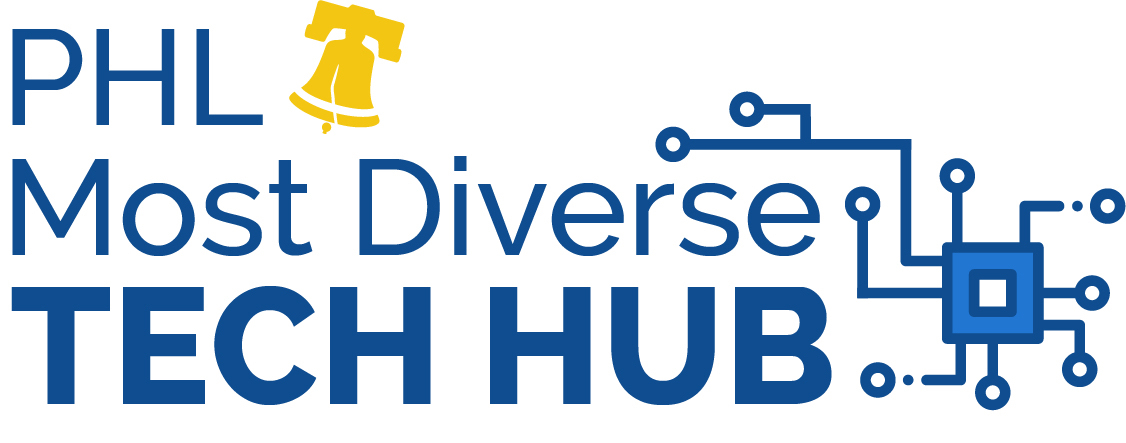You want to hire a diverse team of talent. So why are the responses to your job listings so homogenous?
Job descriptions can be little hotbeds of unconscious bias, with common boilerplate terms that may inadvertently turn off underrepresented talent and appeal the most to candidates who are white, male and economically advantaged.
So, how do you write job descriptions that will appeal to job seekers across the board? As part of the Most Diverse Tech Hub initiative, this month’s workshop from Technical.ly tackled just that. The interactive session was led by Alyssa Vásquez, a diversity and inclusion consultant with Cultured Enuf.
Culture fit vs. culture add
One of the very first questions you should ask yourself when creating a job description is whether you are looking for a candidate who will align with the company’s culture. That’s not always the good thing you think it is.
“Usually when we’re looking at culture fits, it could be — sometimes, not always, but sometimes — to the detriment of the organization,” Vásquez said. “When we find people who are like-minded, who like the same hobbies or went to the same alma mater or have the same connections and networks, usually that starts to create a homogenous network and a homogenous hiring process.”
Watch your (gendered) language
The language you use can also be alienating to some candidates.
Vásquez pointed out that descriptions that are not gender neutral, even by using innocuous-seeming phrases such as “he or she,” can be seen as a discouragement to apply, especially for members of the LGBTQ community.
Common phrases that may signal to underrepresented jobseekers that you’re looking to maintain the male-dominated status quo include:
- “Ambitious”
- “Fast-paced”
- “Competitive”
“Men gravitate towards those positions and women do not,” Vásquez said. “Be aware that usually these characteristics have been positive attributes for men — however, historically, when women have these same attributes, it is not always looked well upon. So … really look at the culture within your organization, even if it is fast paced, and even if it is ambitious, and even if it is competitive. What are ways in which you can reword those characteristics so that people can not only survive within your organization, but also thrive as well?”
She calls for businesses to get a bit creative, pull out the thesaurus and reword job descriptions.
Replace requirements with results
Another area that can undercut a job listing’s accessibility is education, especially elite degrees. This is a sensitive area, as some positions in industries like medicine truly require certain degrees and certifications.
But ask yourself: Does your position need to be filled by someone who took a specific pathway, or can life experience, alternate education or other avenues prepare an applicant to do the work?
“Historically, the more requirements that you list, the fewer female applicants likely to to apply,” Vásquez said. “If I have to have a degree from a certain school, I have to have a certain curriculum. It becomes more about the requirements that you have. I understand that there are requirements that you need within your organization, however, really evaluate what is needed and what is not. And know that whenever you put a requirement, it is going to be a barrier to entry.”
How can you make your descriptions less weighed down with requirement and still convey what you’re looking for?
“Replace requirements with results,” Vásquez said. “Job requirements that focus on tasks impact what the role does, rather than on what the ideal candidate should look like. It prevents confusion and helps the talent self-select. [For example, I might] know I can do the job because the job description that tells me what results I need to produce within my first six months there. But if you’re telling me that I have to have gone through a certain incubator that I have to have gone through a certain technical school, that is going to be more of what I should look like than the results that I know for a fact that I can produce.”
Self assess, honestly
You may be tempted, at this point, to simply drop that you value DEI and an inclusive workplace to counter any inadvertently exclusionary phrasing — but be careful with that, unless you already have a very inclusive company on all levels going up to the top.
“We’ve worked with organizations where leaders have prided themselves on having such a diverse workplace,” Vásquez said. “However, when I pull up their website and I see a board that is all white men, or when I see a leadership and a C-suite that is all white women or men, then then there’s a disconnect that we have to acknowledge. Look at the gender and the racial bias within your job descriptions, but also look at the pipeline, entry level, middle level. What does it look like to work up to the C suite if it is desired? Is it accessible?”
You can watch the full video — including workshop participants asking questions you may have yourself:
P.S. Mark your calendar for the next edition of Technical.ly’s workshop series, “Establishing Equitable and Transparent Compensation,” happening Wednesday, May 11 at 12:30 p.m. EST.

This article appears as part of the Most Diverse Tech Hub initiative and is underwritten by the City of Philadelphia Department of Commerce. It was independently reported and not reviewed by this partner before publication.
Before you go...
Please consider supporting Technical.ly to keep our independent journalism strong. Unlike most business-focused media outlets, we don’t have a paywall. Instead, we count on your personal and organizational support.
Join our growing Slack community
Join 5,000 tech professionals and entrepreneurs in our community Slack today!

Entrepreneurship is changing, and so is the economic development behind it

Delaware’s vision for the year 2276: Quantum, sustainability and, above all, community

Ghost Robotics settles ‘robot dog’ patent lawsuit with Boston Dynamics


